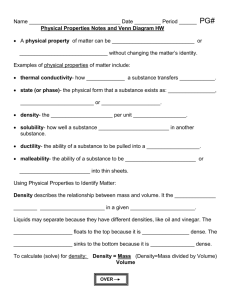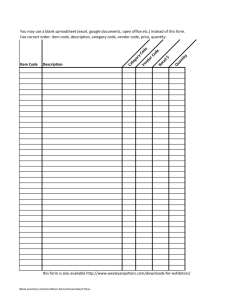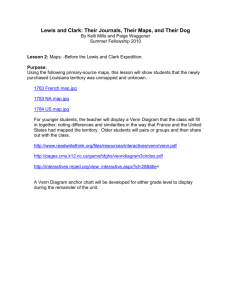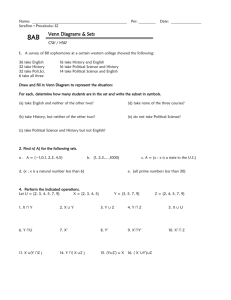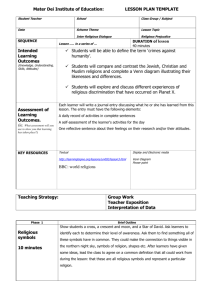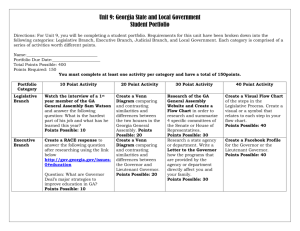Lesson 1 – Being an Informed Consumer
advertisement
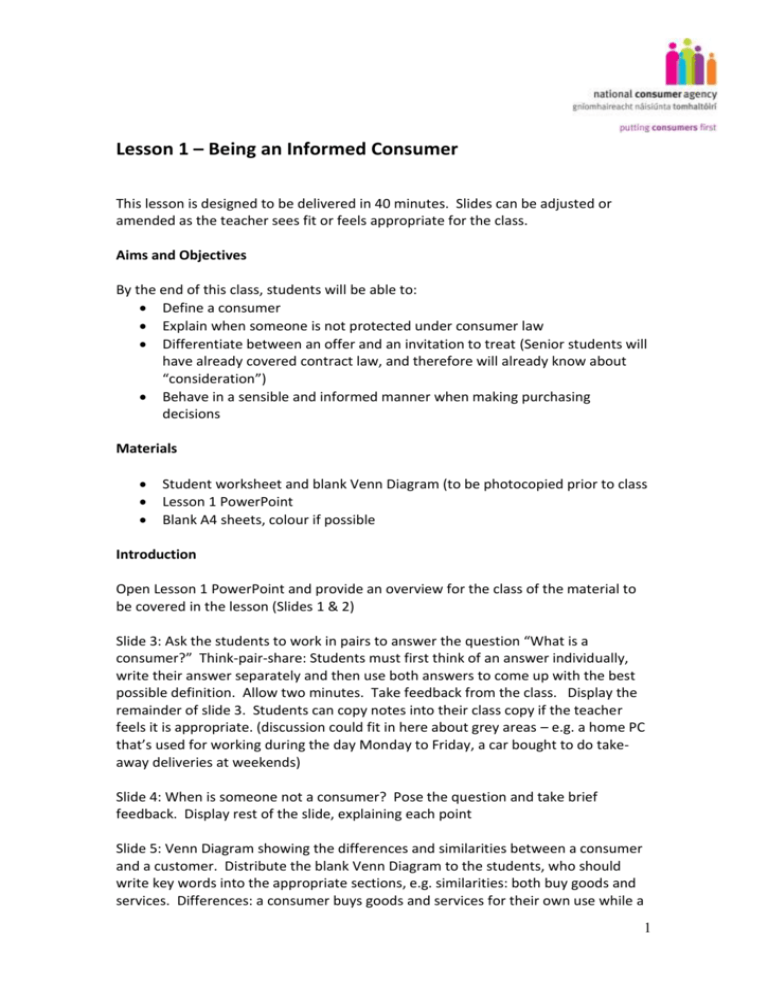
Lesson 1 – Being an Informed Consumer This lesson is designed to be delivered in 40 minutes. Slides can be adjusted or amended as the teacher sees fit or feels appropriate for the class. Aims and Objectives By the end of this class, students will be able to: Define a consumer Explain when someone is not protected under consumer law Differentiate between an offer and an invitation to treat (Senior students will have already covered contract law, and therefore will already know about “consideration”) Behave in a sensible and informed manner when making purchasing decisions Materials Student worksheet and blank Venn Diagram (to be photocopied prior to class Lesson 1 PowerPoint Blank A4 sheets, colour if possible Introduction Open Lesson 1 PowerPoint and provide an overview for the class of the material to be covered in the lesson (Slides 1 & 2) Slide 3: Ask the students to work in pairs to answer the question “What is a consumer?” Think-pair-share: Students must first think of an answer individually, write their answer separately and then use both answers to come up with the best possible definition. Allow two minutes. Take feedback from the class. Display the remainder of slide 3. Students can copy notes into their class copy if the teacher feels it is appropriate. (discussion could fit in here about grey areas – e.g. a home PC that’s used for working during the day Monday to Friday, a car bought to do takeaway deliveries at weekends) Slide 4: When is someone not a consumer? Pose the question and take brief feedback. Display rest of the slide, explaining each point Slide 5: Venn Diagram showing the differences and similarities between a consumer and a customer. Distribute the blank Venn Diagram to the students, who should write key words into the appropriate sections, e.g. similarities: both buy goods and services. Differences: a consumer buys goods and services for their own use while a 1 customer may buy goods for resale, e.g. business OR they may buy goods as a gift, etc. Gift-receivers should not be discouraged from following up on their consumer rights, and the “giver” should ask for a gift receipt and pass it on with the gift) Slide 6: Basic introduction and explanation of contract law, e.g. soccer player contracts always bring this topic to life. Give other examples of consumer and retailer contracts. Slide 7: Distinguishing between an invitation to treat and an offer. There are opportunities here for revision for senior students on other elements of a contract – acceptance, consideration - and intention to create legal relations. Teachers can also ask students for examples of where a seller is allowed to refuse to sell you something (e.g. cigarettes/alcohol). Slide 8 - 10: Think-pair-share – working in pairs, students must think of questions that they should ask before buying a good or service. Teacher will take feedback and can then reveal the rest of the slide. The CE Mark (in slide 9) is required for these type of products to show they meet minimum European safety standards. Slide 11: Summary of Lesson. Students to complete worksheet (on back of Venn Diagram) handout before they leave the class. Homework assignment Teacher will distribute blank A4 sheets of paper. Students must use them to create a poster advising consumers on good practice when making purchasing decisions. Suggestions: Students could create a mind-map, use graphics or simply type/write question Best poster could be reduced to ID card/business card size and laminated. An A4 page would be reduced down to ATM card size, so students should be told not to put too much text on the page, or it will be very small when reduced. 2
